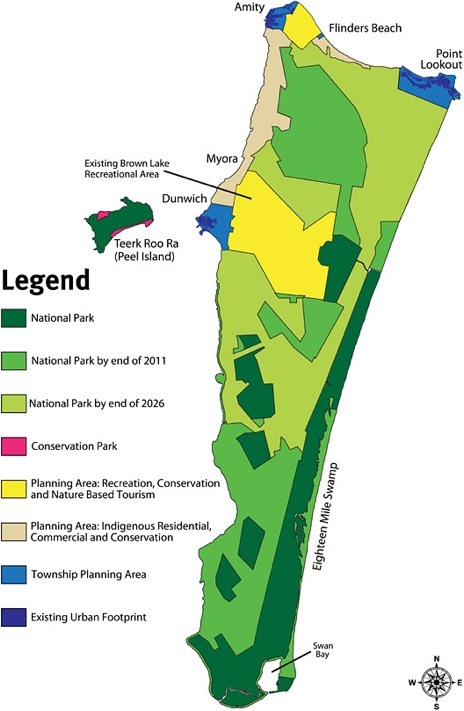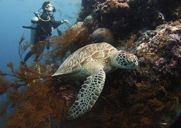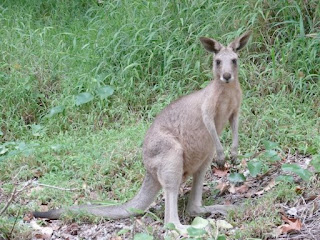In brief (July 2011)
Recent Research Recent reasearch from Griffith University indicates that the freshwater shrimp Caridina indistincta and a sympatric freshwater fish Rhadinocentrus ornatus , found only on the East coast of North Stradbroke Island, have genetic heritage dating from the Pleistocene era (~ 100-300 thousand years ago). Interestingly, this coincides with most estimates of the age of the dunal landscapes and indicates just how ancient and unique the island is. Holiday House Letting Code Continuing complaints from residents at Point Lookout about noisy behaviour from neighboring holiday tenants have caused the Redland Council to consider regulation of letting in residential areas. At the moment the Voluntary Code of Practice applying to agents is mostly effective but partying tenants in some houses, let by one agent, have frequently come to the attention of police. At the last round table discussion called by Mayor Melva Hobson residents, including FOSI representatives, voiced their concerns.







